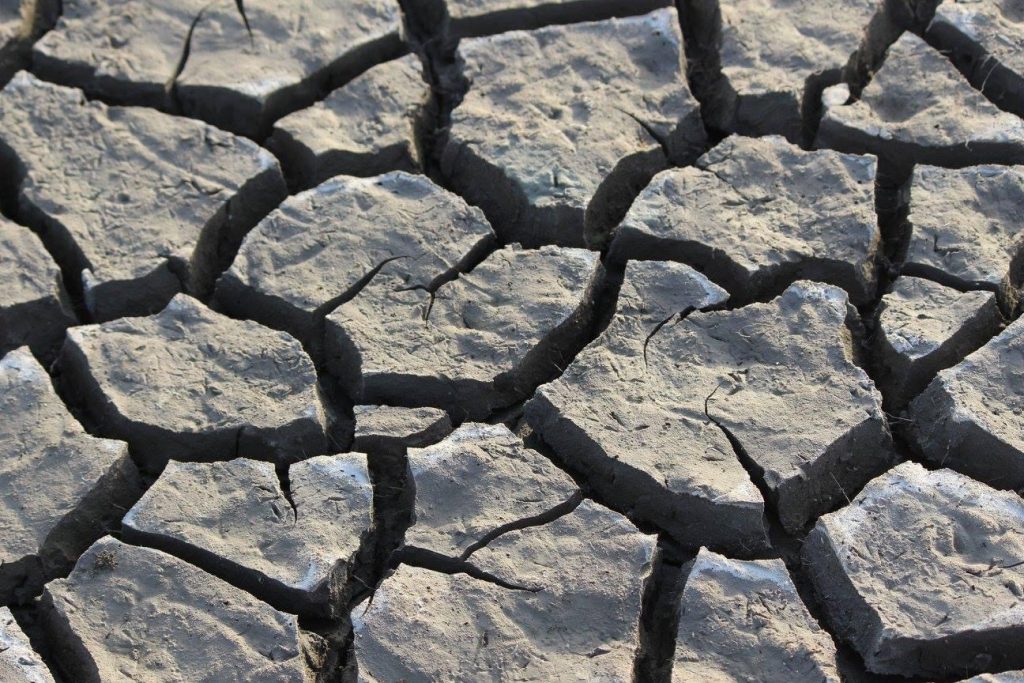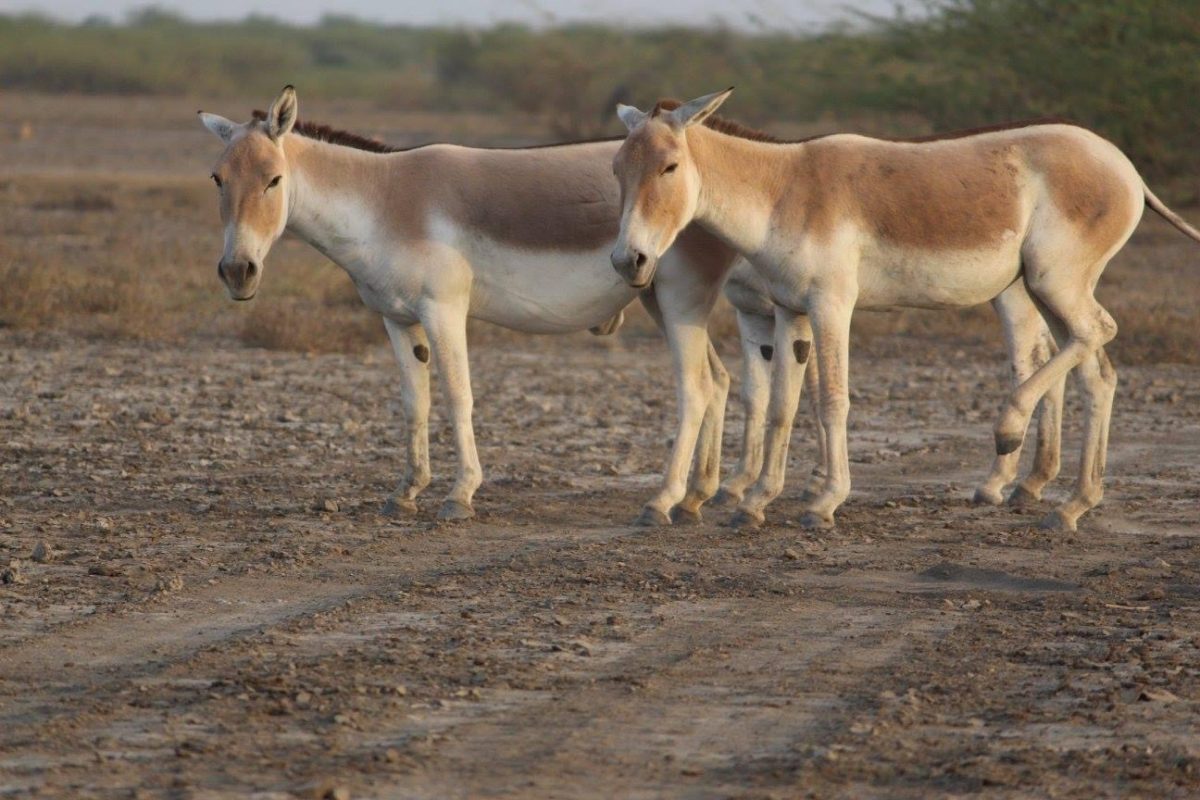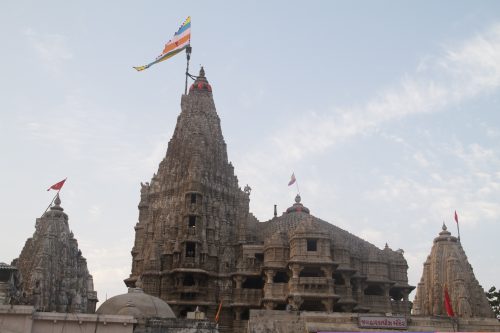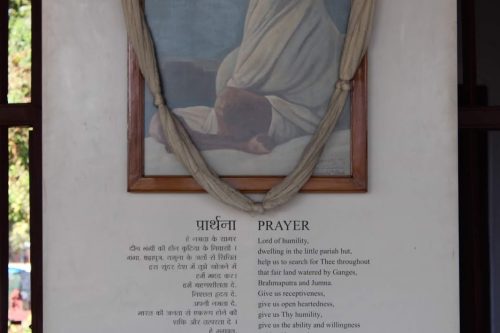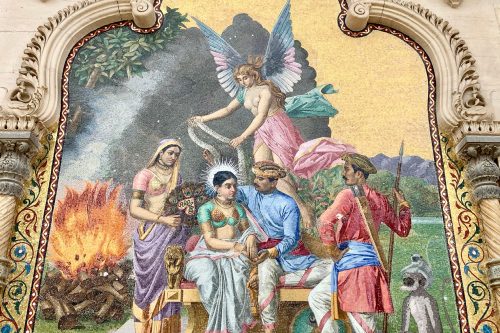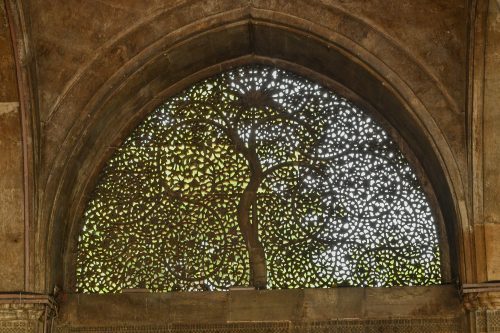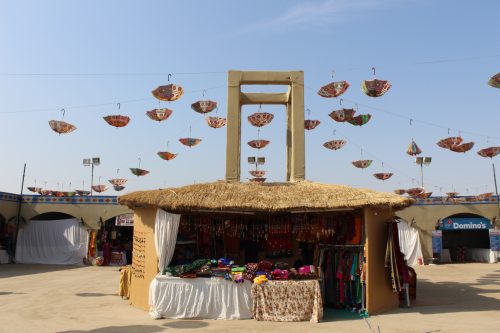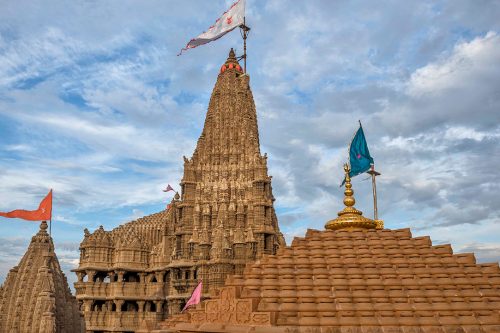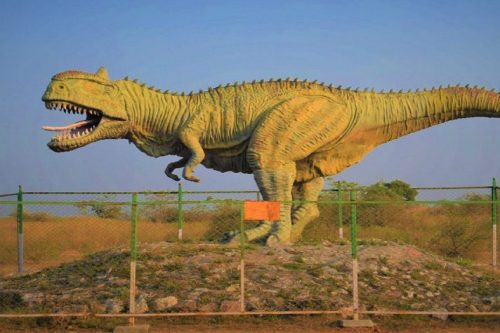A little less-explored piece of vast open barren land, well as vast as 4954 sqkm to be precise, home to various rare flora and fauna, sits close to the very famous Rann of Kutch. Interestingly enough, this land is called the Little Rann of Kutch and is quite similar in features to the majestic salt desert that the Rann of Kutch is. Encrusted in salt, the terrain shows varied patterns as one traverses the expanse on a jeep safari or the slow and leisurely camel cart. The distinct feature here is the salt cultivation by the indigenous Agariya tribals. “Agar” in the vernacular means salt.
The Wild and the Feathered
LRK, covered in salt during winter months and inundated by water during monsoons, is an ideal feeding, breeding and roosting ground for many migratory and other birds. More than 100 different species of animals live here. The wildlife of LRK is a collection of different kinds of deer and antelopes- the Chinkara, Blue Bulls, Black Bucks and Horned Antelopes being the most common. The land is roamed by nocturnal wolves, jackals and foxes and is a habitat of many species of snakes (12) and lizards (14). But the most sought-after wild being of LRK remains the handsomely powerful Wild Ass. A cross between a horse and a donkey in appearance and the former’s power, these beasts are a huge attraction here. This is the only region in the world where one can chance upon the Wild Ass. The colour is right off the shade card of some cosmetic brands and blends in with the background in their mocha and creme tones. The muscle power is an envious speed of up to 50 kmph. Humble and shy by nature, the wild asses are used to seeing people around and pose willingly for the paparazzi.
The monsoons graciously bless the land with abundant water in the forms of streams and rivulets and beckon the many migratory birds who make LRK their home for the season. The regal pelicans, the indifferent flamingos, the noisy babblers, the curious lapwings, the introspecting cranes and many other species of avian life can be seen during these months. This, indeed, is the best time for birders to visit the LRK.
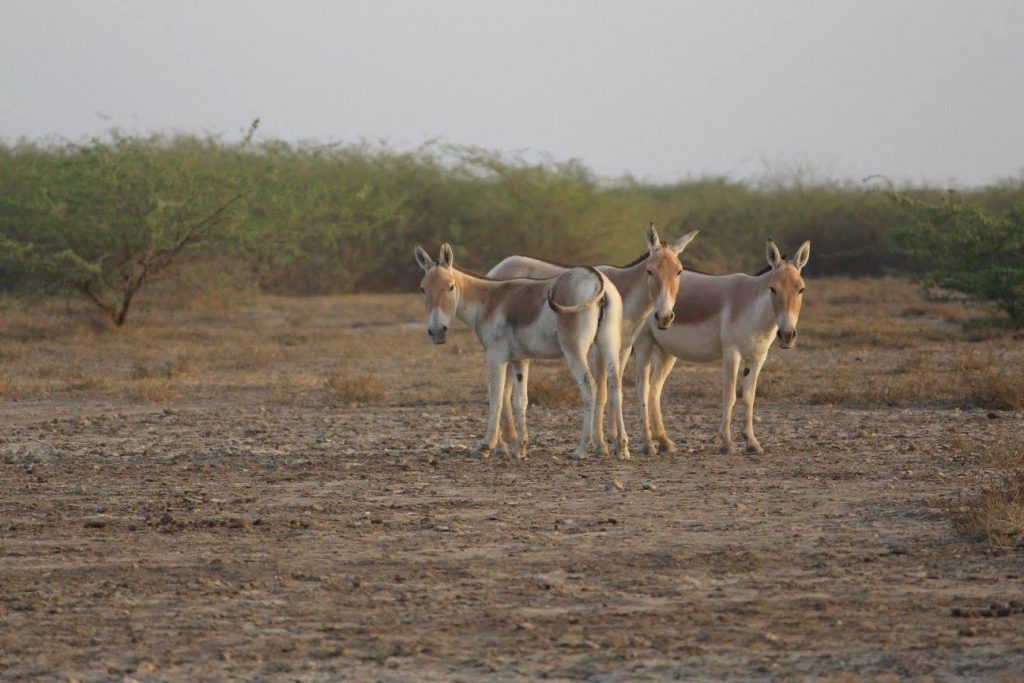
The Ethnic Communities of LRK and their crafts
The Agariyas are the most prominent inhabitants of the saltland. They are the salt cultivators and can be seen at work or at their settlements, their villages, proudly providing for 75% of the country’s salt requirement. The safari gives travellers a chance to meet these locals and get an in-depth insight into life in the salt pans. Other communities who call LRK their home are the weavers of the region. Handicrafts, especially needlework, are pretty famous here. The women make intricately embroidered bedspreads, linen, dress materials and wall hangings with the herringbone stitch as the most commonly and widely practised stitch, interlaced with tiny mirrors and beads; these make for the most exclusive and exotic takeaways and souvenirs from the LRK. One can find fashionable belts, skirts, blouses, stoles, shawls, bangles, necklaces, bags and other accessories to flaunt in their fashion-forward worlds. Many self-help groups and NGOs have helped the villagers get a more significant platform to showcase their talent nationally and internationally. The Tour Operators promote the now famous Textile and Handicrafts Tours and Tribal Tours that give a larger market to the people of LRK. Tourism has been a boon to people here as not only did it generate employment, but it also gave their arts and crafts a world stage. The people here are conservators and protectors of the flora and fauna and take immense pride in their way of life.

What to expect as a tourist
The accommodation combines resorts, eco-resorts, homestays and village stays. The nearby villages of Dasada, Bajana, Zainabad and Patdi are the ideal locations for a stay. The accommodation can be found in a modern luxurious room or a comfortable round hut-style room called a Bhunga.
Meals are again a mix of popular national and international cuisine and local flavours.
A jeep safari or a camel cart safari (camel ride for the more adventurous ones) are the ideal ways to explore the arid region of the LRK. The safari traverses the salt pans, heaps of white-crystallised salt that has been harvested, barren expanses where one can have a rendezvous with the wild asses, the shrubbery for a knock on the doors of the reptiles and birds, and a sunset view over the vast expanse of mud-cracks with a silhouette of a faraway flock of the flamingos.
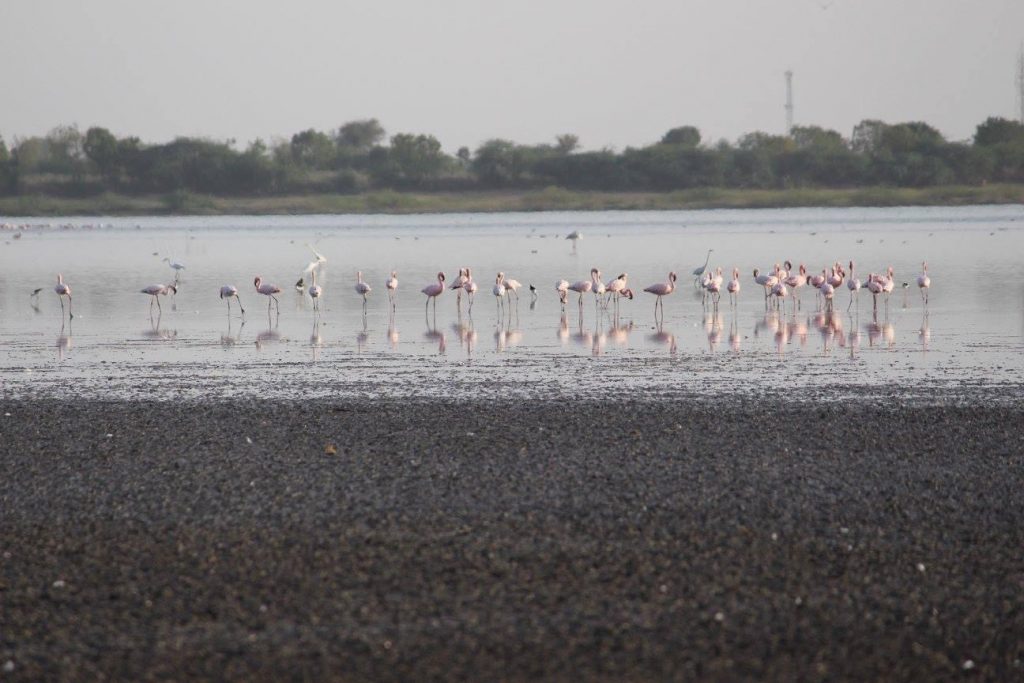
The nights are darker here, simply because the city lights do not pollute the atmosphere, and hence, stargazing is another attraction, provided the air is clear of the salty haze.
What else can one explore around here?
LRK is a great start to an exciting wildlife itinerary. Visit the Great Indian Bustard Sanctuary in Kutch, next. Mandvi isn’t far away and has amphibious and marine life near the beaches. Banni Grasslands near Bhuj are home to many rare and exotic birds and animals, and one can further explore the Black Buck sanctuary at Velavadar and the Nalsarovar bird sanctuary.
When to Visit
Wildlife enthusiasts visit the region all the year round as summers bring a different kind of ecosystem to the foreground but otherwise, the best time to visit falls from October to March when the weather is a little kind and the water has receded forming a crust of salt.
How to reach
Gujarat has a well-laid-out road network; you can drive in from Dhragadhra town, which is 130 km from Ahmedabad and is the gateway to LRK.
The nearest airports are Ahmedabad (130 km) and Rajkot (175 km). You may then drive to LRK.
Or one can board a train to Ahmedabad, Rajkot or Dhrangadhra.
